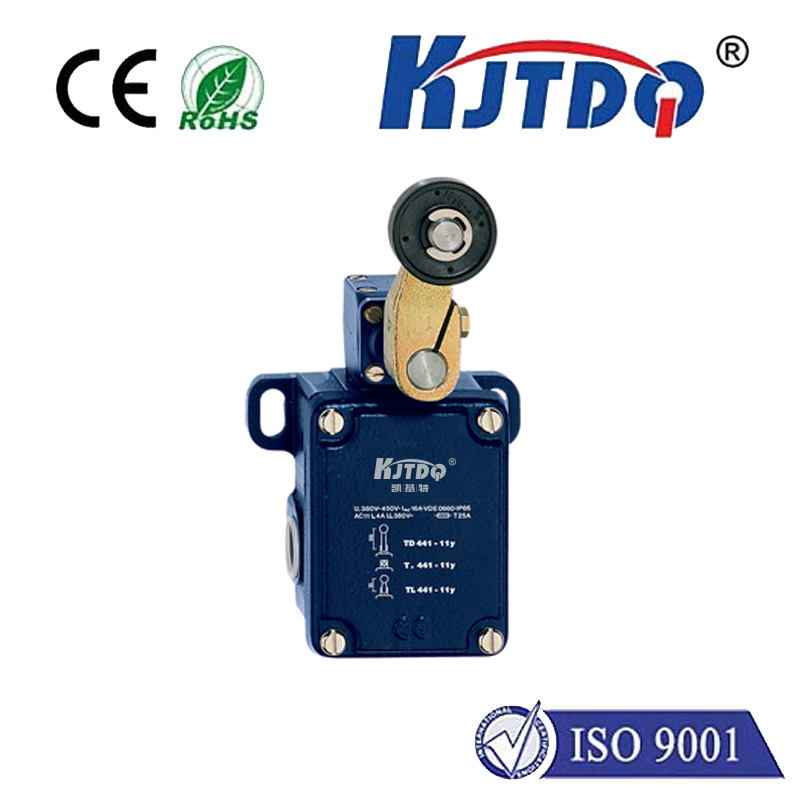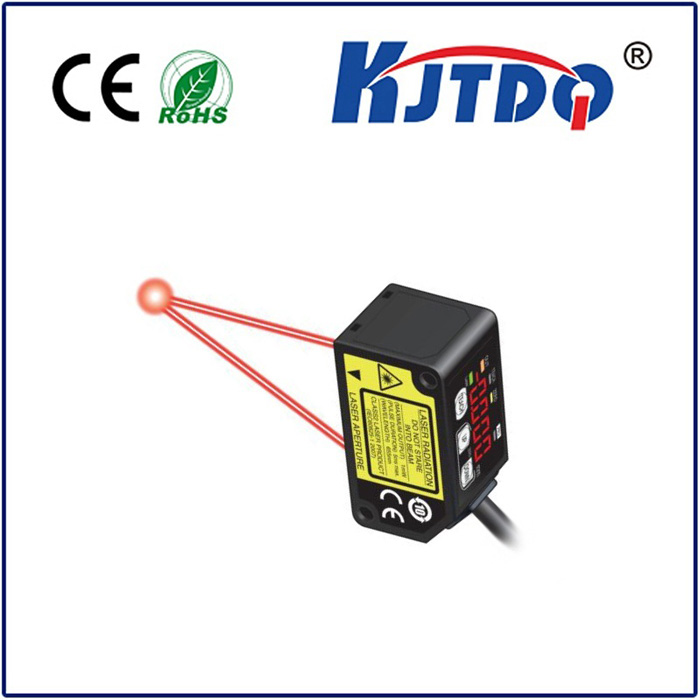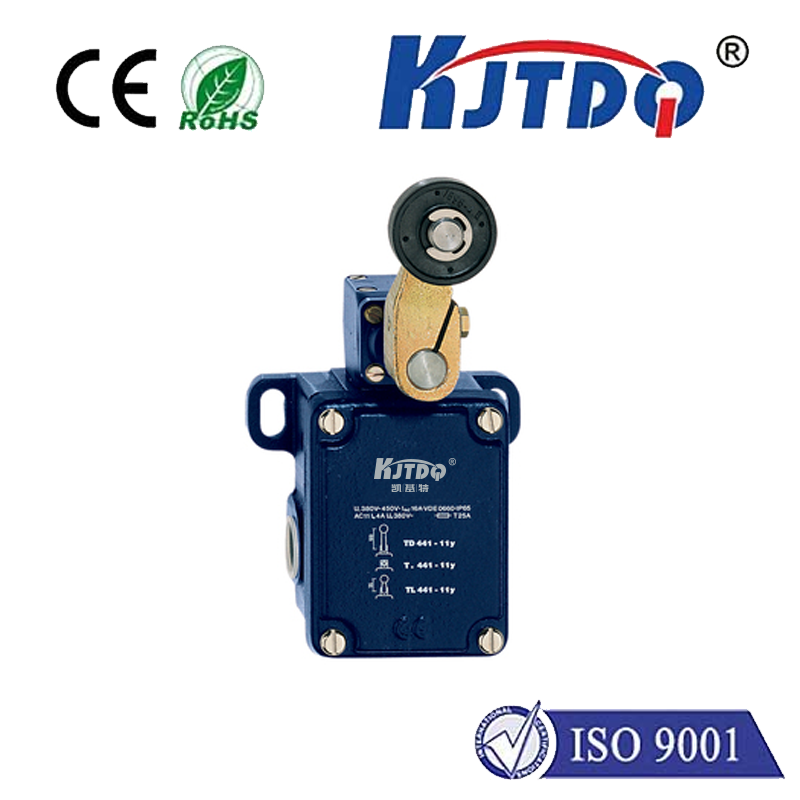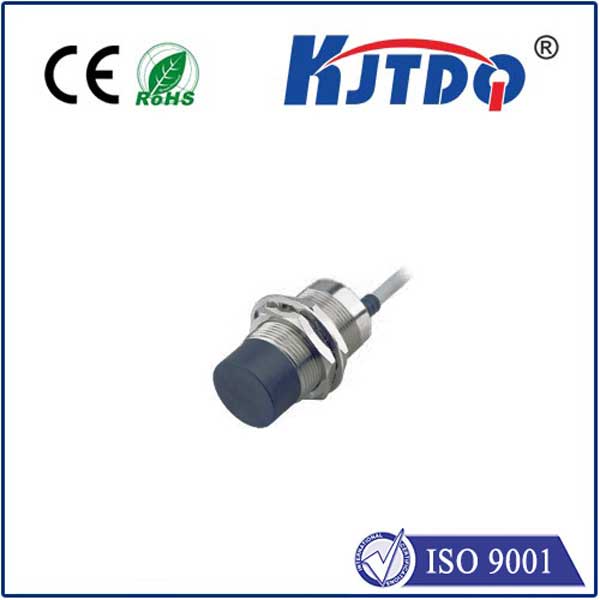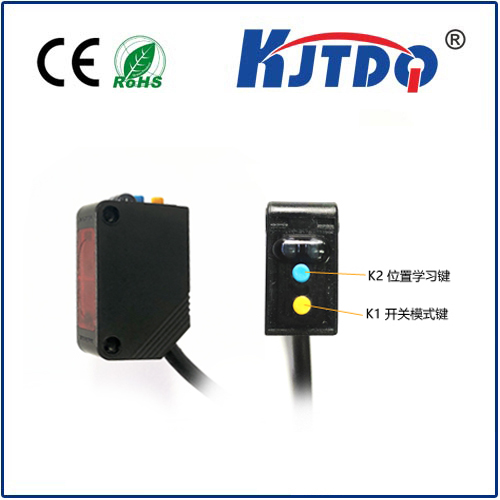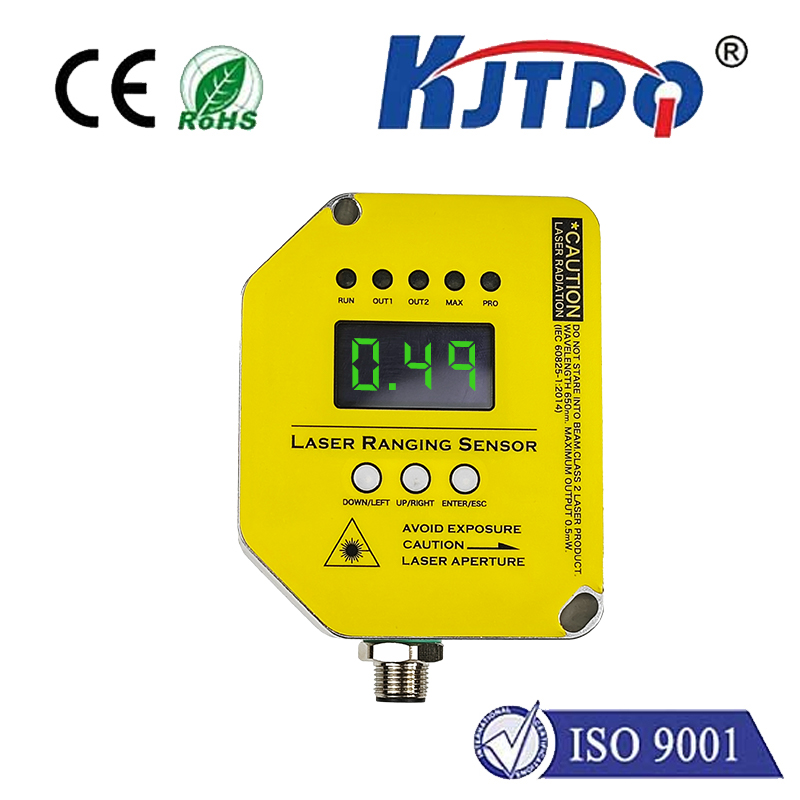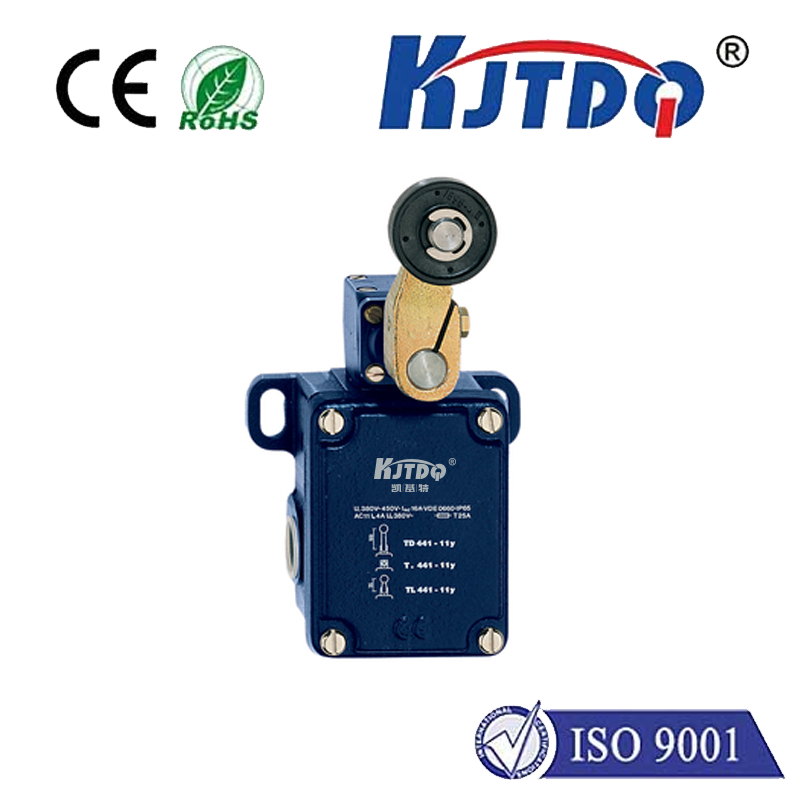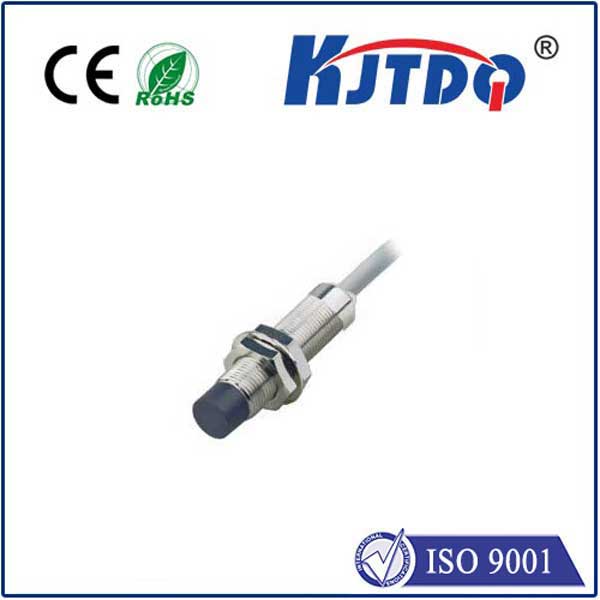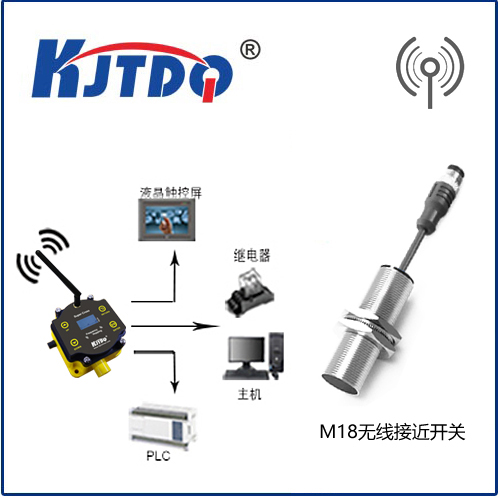ultrasonic sensor proximity detection
- time:2025-07-19 08:55:27
- Click:0
Beyond Human Hearing: How Ultrasonic Sensors Revolutionize Proximity Detection
Think about the last time you parked your car. That reassuring (or sometimes alarming) beep telling you how close you are to the wall? Or the automatic faucet that magically turns on when you reach out? Or even the robot vacuum that deftly avoids your furniture? These everyday interactions hinge on a remarkable technology: ultrasonic sensor proximity detection. It’s an invisible, silent guardian working tirelessly to measure distance and prevent collisions, underpinning countless modern conveniences and industrial processes.
At its core, ultrasonic proximity detection is elegantly simple physics. Ultrasonic sensors operate much like bats navigate: they emit high-frequency sound waves beyond the range of human hearing (typically above 20 kHz). These inaudible pulses travel through the air until they encounter an object. When they hit the object, they bounce back as echoes towards the sensor. The sensor’s electronics then precisely measure the time interval between sending the pulse and receiving the echo. Since the speed of sound in air is relatively constant (approximately 343 meters per second at room temperature), calculating the distance to the object becomes straightforward: Distance = (Speed of Sound × Time of Flight) / 2. Dividing by two accounts for the sound traveling to the object and back.
This fundamental principle of Time-of-Flight (ToF) measurement makes ultrasonic sensors incredibly versatile for non-contact distance sensing. They possess several inherent advantages that make them a popular choice across diverse fields:
- Material Agnosticism: Unlike optical sensors that can struggle with transparent, dark, or highly reflective surfaces, ultrasonic sensors reliably detect most solid objects regardless of color, transparency, or surface texture. Wood, plastic, glass, metal, and even liquids are readily detectable.
- Environmental Resilience: They perform remarkably well in challenging conditions where other sensors falter. Dust, smoke, fog, and ambient light variations have minimal impact on ultrasonic wave propagation. This robustness is invaluable in industrial settings like manufacturing plants or dusty warehouses.
- Cost-Effectiveness: Compared to complex vision systems or premium laser rangefinders, ultrasonic sensors offer a compelling balance of accuracy, reliability, and affordability, making them accessible for mass-market products and large-scale deployments.
- Solid Object Detection: Their primary strength lies in detecting substantial objects within their operational range, making them ideal for collision avoidance and level sensing.
Where the Invisible Waves Make a Visible Impact
The applications of ultrasonic sensor proximity detection are vast and continually expanding:
- Automotive Safety & Convenience: This is perhaps the most familiar domain. Parking assistance systems rely heavily on ultrasonic sensors lining bumpers to alert drivers to obstacles. Blind-spot monitoring and some collision avoidance systems also utilize ultrasonic technology for close-range detection. Automatic parking systems orchestrate wheel turns based on ultrasonic feedback.
- Industrial Automation & Robotics: On factory floors, ultrasonic sensors enable precise object detection on conveyor belts for counting, sorting, and positioning. They provide crucial feedback for robotic arm guidance and collision prevention in collaborative robot environments. Liquid level monitoring in tanks (both opaque and transparent) is another critical application.
- Smart Buildings & Homes: Presence detection for automatic lighting control in restrooms or hallways often uses ultrasonics. Touchless faucets and dispensers depend on them to activate flow. Smart trash cans open automatically, and certain security systems use them for intruder detection within confined spaces.
- Consumer Electronics & Appliances: Robot vacuums navigate rooms and avoid furniture legs using strategically placed ultrasonic sensors. Some drones utilize them for terrain following and low-altitude stabilization.
- Medical Devices: While requiring higher precision and stricter regulations, ultrasonics find use in non-invasive distance measurement applications within certain diagnostic and therapeutic equipment.
Key Considerations for Implementation
While powerful, successful integration requires understanding their limitations and best practices:
- Range Limitations: Typical ranges are from a few centimeters up to several meters, but extreme distances (very short or very long) can be challenging. Sensor selection must precisely match the required operational distance.
- Soft Materials & Angles: Extremely soft, porous materials like thick foam or fur can absorb sound waves instead of reflecting them well, reducing detection reliability. Steeply angled surfaces can deflect the sound beam away from the sensor, causing missed detections.
- Beam Angle: Ultrasonic sensors emit a conical sound beam. The width of this beam determines the area covered but also introduces potential for detecting unintended objects or nearby walls (“crosstalk”). Careful placement and potentially using sensors with narrower beams is crucial.
- Temperature & Humidity: While more resilient than optics, the speed of sound does change slightly with air temperature and humidity. High-precision applications may require temperature compensation circuits or algorithms to maintain accuracy.
- Multiple Sensors & Noise: Deploying multiple sensors close together requires careful timing or coding to prevent one sensor from triggering off another’s transmitted pulse (acoustic crosstalk). Electrical noise in the environment can also interfere.
- Surface Conditions: While less sensitive than optics, very uneven or complex surfaces can scatter sound waves, potentially weakening the return signal.
Optimizing Performance: More Than Just Plug-and-Play
Achieving optimal results with ultrasonic proximity detection isn’t just about mounting the sensor. Proper mounting orientation ensures the target is within the sensor’s beam pattern. Calibration for the specific environment (especially temperature) enhances accuracy. Understanding the sensor’s resolution (smallest detectable distance change) and sampling rate is vital for dynamic applications. Regular maintenance to keep the transducer surface clean from dirt or condensation ensures consistent performance. Signal processing algorithms play a crucial role in filtering out noise and reliably identifying the true echo pulse amidst potential interference.
Ultrasonic sensor proximity detection is a testament to harnessing fundamental physics for practical innovation. By leveraging inaudible sound waves and precise time-of-flight measurement, these sensors provide a robust, cost-effective, and versatile solution for countless scenarios demanding accurate non-contact distance sensing. From the mundane convenience of an automatic soap dispenser to the critical safety systems in modern vehicles and complex industrial robots, the silent “ping” of ultrasonic waves continues to shape and safeguard our increasingly automated world. Its blend of reliability, resilience, and affordability ensures its place as a cornerstone technology in proximity detection for years to come.





